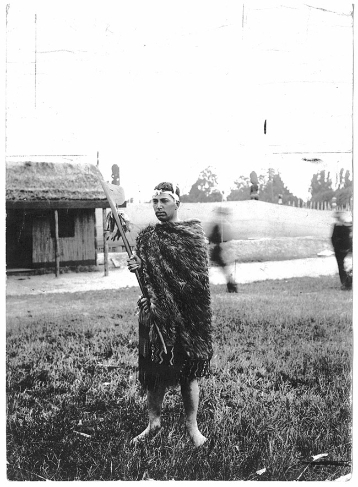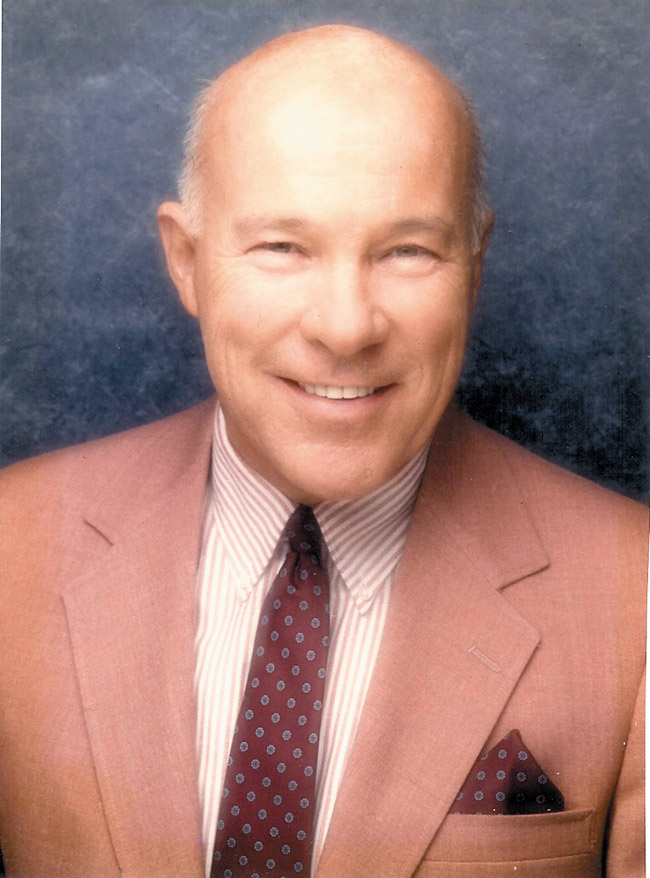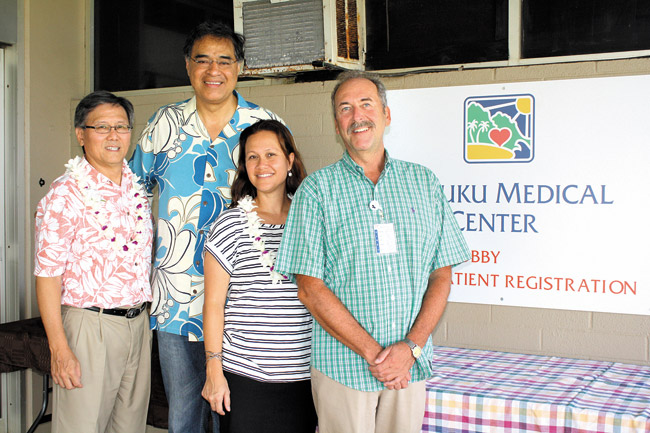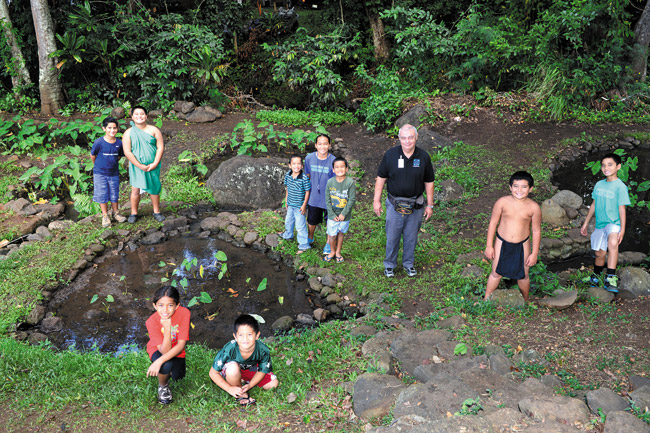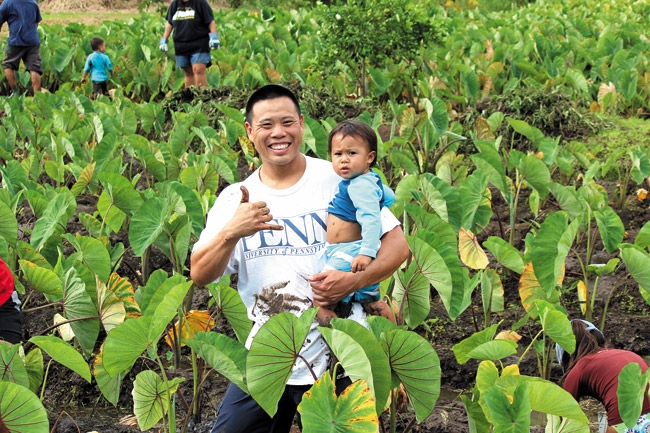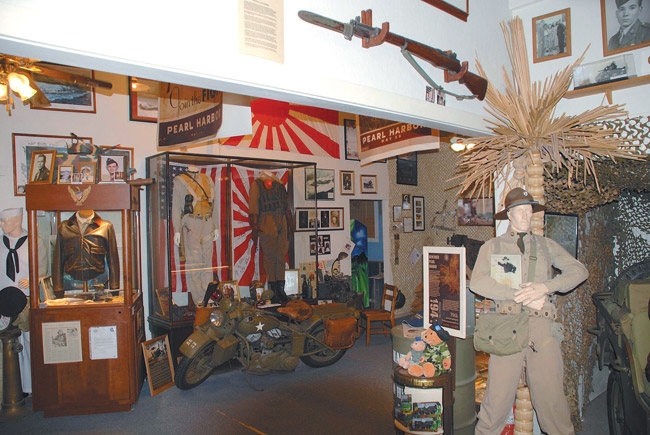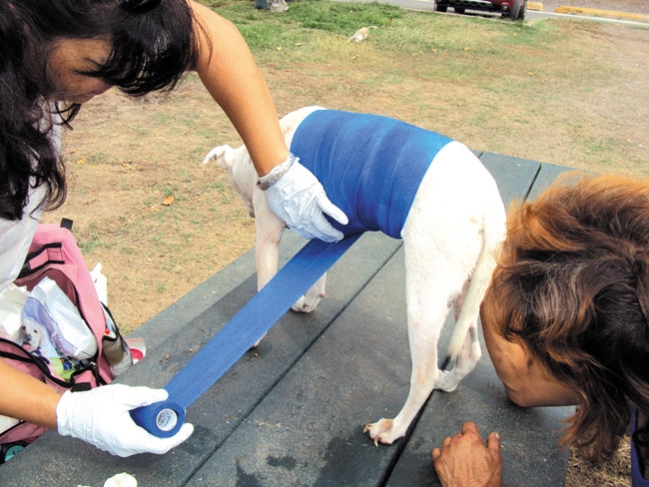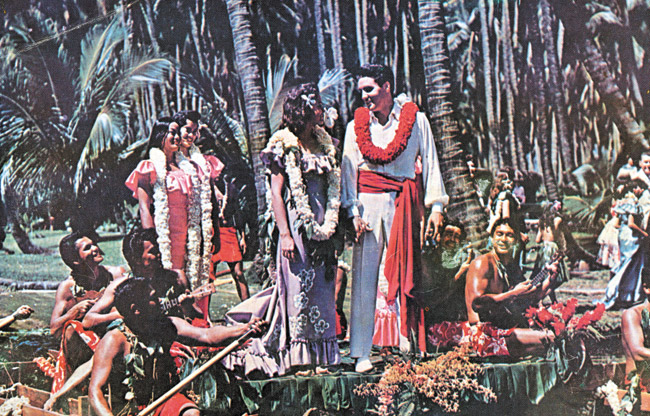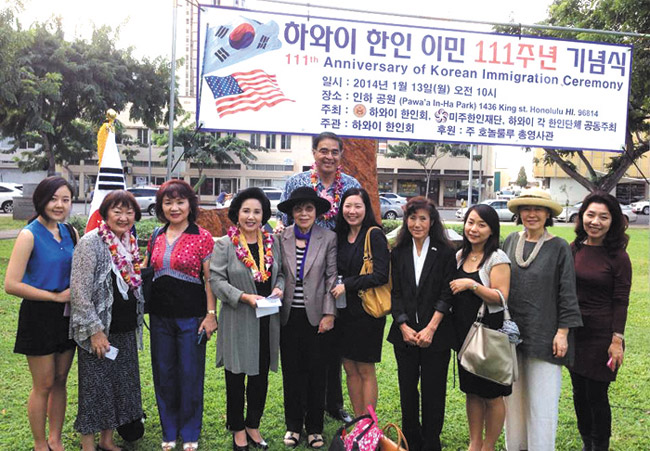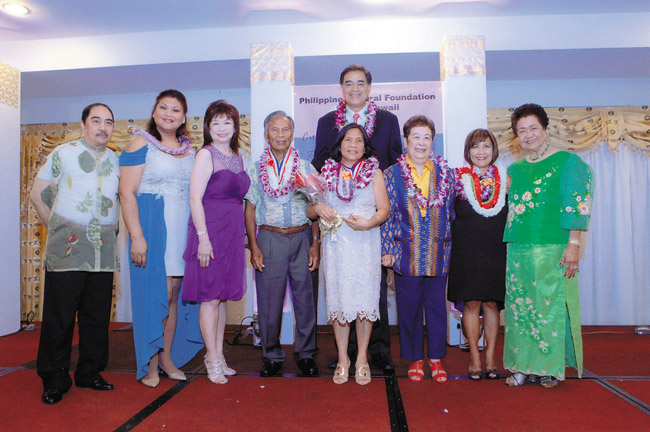
(from left) Leo Gozar, Amelia Cabatu, Cecilia Villafuerte; Ramon and Lourdes Delos Santos, Parents of the Year 2013; Dr. Belinda Aquino; Joyce Agsalda, Parent of the Year 2012; Maggie Domingo and (back) Mufi Hannemann. Photo from Samuel Domingo Jr.
Filipino community leader Maggie Domingo has spent her entire career recognizing outstanding high school students, promoting education, raising scholarship funds and perpetuating the Filipino culture. She is affectionately known as “Aunty Maggie,” and those who are close to her believe that her “mothering and mentoring skills” have been felt by hundreds, perhaps thousands of people, whom she has influenced through the years. Seems ironic that the very person worthy of a lifetime achievement award is constantly paying tribute to exemplary individuals.
“I am committed to the values that perpetuate the culture and arts of our people so we can instill the importance of striving for a better future for our children, and inspire them to be devoted to strong family values,” states Domingo.
I was recently with Aunty Maggie at the 45th anniversary of the Philippine Cultural Foundation of Hawaii’s (PCFH) 2013 Annual Recognition Banquet, an organization with which she has been involved since 1970, two years after the late Soledad Alconcel established it. Soledad was the wife of then-Philippine Consul General Trinidad Alconcel. Domingo has served as president of PCFH since 2000, and the banquet is just one of numerous projects that she has undertaken over the years to promote the spirit of competition and showcase excellence, with the help of other foundation stalwarts, such as Cecilia Villafuerte. What I like about the “Parents of the Year” part of the banquet is the focus it places on a mom and dad’s influence on the education of their children. For many of these parents, their lack of formal schooling is the motivation that fuels their efforts to provide for their offspring.
On Aug. 23, the foundation awarded 11 valedictorians of Filipino ancestry with scholarships, and honored its “2013 Parents of the Year,” Ramon and Lourdes Delos Santos. This inspiring couple has raised three highly achievement-oriented children. Their eldest daughter, Dr. Rowena Delos Santos, specializes in kidney transplants at the Barnes Medical Center in St. Louis, Mo., and was the class valedictorian at St. Francis High School. Their second daughter, Dr. Grace Delos Santos, also was a valedictorian at St. Francis, and is on a five-year residency as a urologic surgeon. Their youngest child, Dan Ryan Delos Santos, was salutatorian of his Damien senior class and is an aeronautical engineer for Boeing Co. on the Mainland.
Ramon immigrated to Hawaii after being petitioned in 1946 by his brother, who was one of the original “sakadas,” or Hawaii plantation workers. He earned a living as a landscaper, and his wife Lourdes has been a clerk at First Hawaiian Bank since 1973. These valiant and diligent parents, like the eight other outstanding finalists for this prestigious parents award, are shining examples of sacrifices made to ensure that their children maximize their God-given talents for the betterment of our communities.
In addition to their children’s academic and financial accomplishments, the Delos Santos clan maintains a strong family bond from across the miles, as they dedicate their lives to promoting higher education through funds the children have raised for the “Victorino Bayudan Scholarship Foundation.” (Named after Lourdes’ father, also a sakada.) Congratulations to the Delos Santos family for being selected for this significant honor from the PCFH.
Speaking of a tight-knit ohana, I was overwhelmed by the outpouring of love and support shown by the Hawaii Filipino community and local residents on Labor Day, as they bid a final farewell to internationally renowned ophthalmologist Jorge Camara. Hundreds of people streamed through Dr. Camara’s funeral service at Star of the Sea Chapel to offer their condolences to his wife Binky and his family.
Camara was a world-renowned humanitarian and an award-winning physician for his pioneering work in the field of ophthalmology. In addition to sold-out concerts, he had a great sense of humor and made history by becoming the first surgeon to place a piano in the operating room to perform for his patients, and the first to ever produce a CD recorded live in the OR. He believed he lowered the blood pressure, heart and respiratory rates of at least 115 patients in his lifetime when he performed for them prior to undergoing their medical procedures.
Memories of our 2007 concert benefitting the Aloha Medical Mission, “Four Doctors, A Patient & The Mayor,” held at Blaisdell Concert Hall, kept flashing through my mind during his service. Binky reminded me how much he enjoyed the performance we did together as I paid my respects to her at the funeral.
He was a distinguished physician, gifted pianist, devoted philanthropist and a passionate inspiration to all whose lives he touched. He certainly will be missed.
